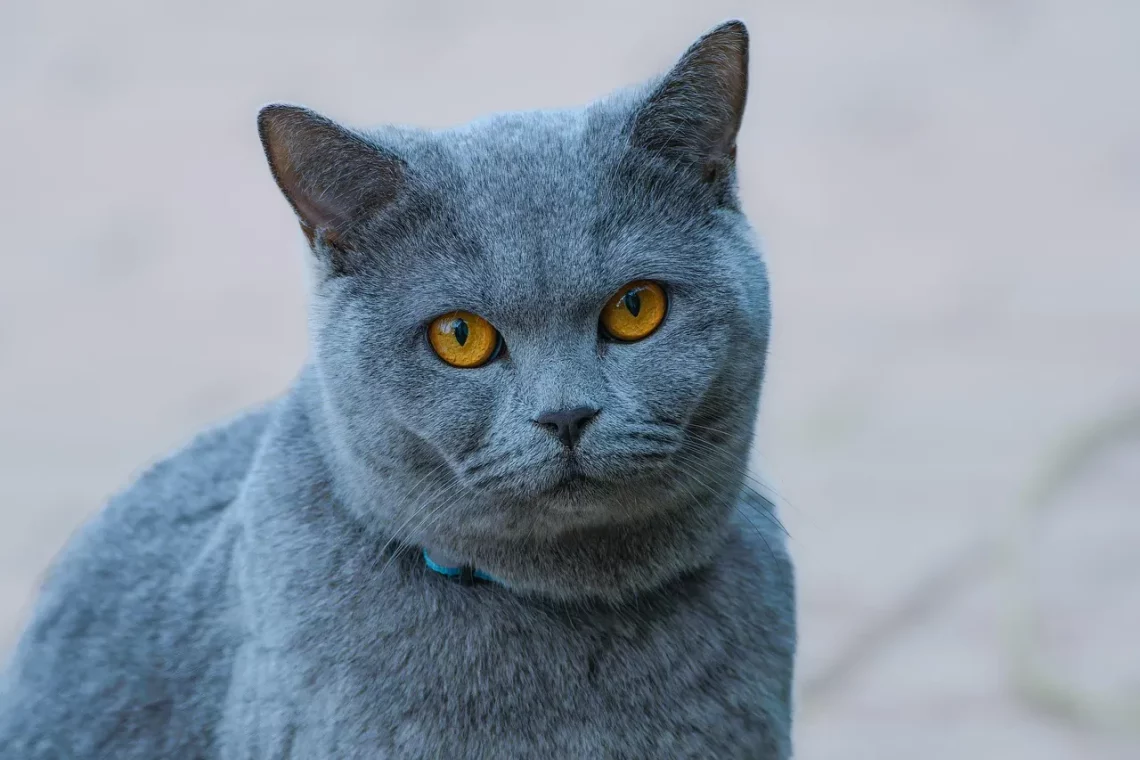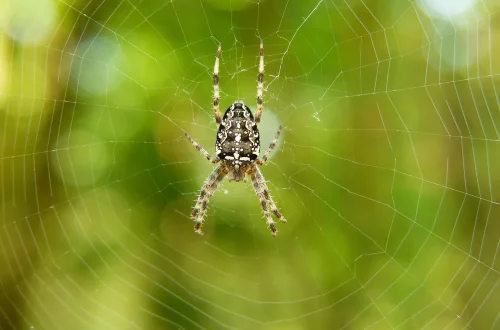
Can Cats Have Pepperoni? Understanding the Risks and Alternatives
Cats are beloved companions, known for their playful antics and soothing purrs. As pet owners, we often want to share our favorite foods with our feline friends. However, not all human foods are safe for cats. One common question that arises among cat owners is whether cats can eat pepperoni. This spicy, flavorful meat is a popular topping on pizzas and is enjoyed by many. But while it may be tempting to offer a slice to your curious cat, it’s essential to understand the implications of doing so.
Cats have unique dietary needs that differ significantly from those of humans. Their digestive systems are not equipped to handle certain ingredients found in processed meats, like pepperoni. Additionally, the high levels of fat, salt, and spices in pepperoni can pose health risks for cats. As responsible pet owners, it’s our duty to ensure that our furry friends receive the best nutrition possible. Understanding the risks associated with feeding cats pepperoni can help us make informed choices for their well-being.
In this article, we will explore the potential dangers of feeding pepperoni to cats, alternative treats that are safe and healthy, and how to create a balanced diet that caters to your cat’s nutritional needs.
Understanding the Nutritional Needs of Cats
Cats are obligate carnivores, meaning their diet primarily consists of meat. Unlike dogs, who can be more flexible in their dietary requirements, cats need specific nutrients that are predominantly found in animal-based proteins. Key nutrients include taurine, arachidonic acid, and certain vitamins like A and B12, which are crucial for their health.
A well-balanced diet for cats should contain high-quality protein sources, moderate fats, and minimal carbohydrates. While protein is vital for muscle maintenance and overall energy, fats provide essential fatty acids that help keep their skin and coat healthy. Carbohydrates are not necessary for cats and can contribute to obesity and other health issues if consumed in large quantities.
When considering whether to introduce a new food item, such as pepperoni, it’s crucial to reflect on how it fits into your cat’s overall diet. Processed meats like pepperoni are often high in unhealthy fats and sodium, which can lead to obesity, heart disease, and kidney problems over time.
Understanding what makes a complete and balanced diet allows pet owners to avoid feeding their cats harmful or non-nutritious foods. Focusing on high-quality commercial cat food that meets the dietary standards set by veterinarians is the best way to ensure your cat’s health. Remember, treats should only make up a small portion of your cat’s diet, typically no more than 10% of their daily caloric intake.
The Risks of Feeding Pepperoni to Cats
Feeding pepperoni to cats can pose several health risks. Firstly, the high-fat content in pepperoni can lead to digestive issues. Cats are not accustomed to processing large amounts of fat, which can result in diarrhea, vomiting, or pancreatitis. This condition, characterized by inflammation of the pancreas, can cause severe abdominal pain and requires veterinary attention.
Additionally, pepperoni is typically seasoned with spices and preservatives, including garlic and onion powder, which are toxic to cats. Even small amounts of these ingredients can lead to serious health issues, such as hemolytic anemia, which affects the cat’s ability to produce healthy red blood cells. Symptoms of this condition may include weakness, lethargy, and pale gums.
Moreover, the high sodium content in pepperoni can contribute to hypertension and kidney problems in cats. Cats that consume too much salt may experience increased thirst and urination, which can further strain their kidneys and lead to long-term damage.
Lastly, processed meats like pepperoni are often high in calories, which can contribute to obesity in cats. Obesity is a growing concern among house cats and can lead to numerous health complications, including diabetes, arthritis, and a decreased lifespan.
Given these risks, it is clear that feeding pepperoni to your cat is not advisable. Instead, focusing on safe and healthy alternatives can help keep your furry friend happy and thriving.
Healthy Alternatives to Pepperoni
If you’re looking for treats to share with your cat, there are plenty of healthy alternatives to pepperoni. One of the best options is to offer small pieces of cooked meat, such as chicken or turkey, without any seasoning. These lean proteins are not only safe for your cat but also provide essential nutrients needed for their overall health.
Another excellent alternative is freeze-dried meat treats, which maintain the nutritional value of the meat while providing a crunchy texture that many cats enjoy. These treats often contain single-source protein and are free from artificial additives, making them a healthier choice.
Fish is another popular option among cats. Offering small amounts of cooked fish, like salmon or tuna, can be a delightful treat. However, it’s crucial to ensure that the fish is free of bones and cooked without any harmful seasonings.
Additionally, many commercial cat treats are specifically formulated to meet the dietary needs of cats. When choosing these products, look for those that list high-quality protein as the first ingredient and are low in fillers and artificial ingredients.
Lastly, consider incorporating vegetables that are safe for cats, such as cooked carrots or peas, into their diet. While cats may not have a strong appetite for vegetables, some may enjoy the texture and taste. Always introduce any new food slowly and in moderation to monitor for any adverse reactions.
Creating a Balanced Diet for Your Cat
Crafting a balanced diet for your cat is essential for their long-term health and well-being. Start by selecting a high-quality commercial cat food that meets the nutritional standards set by veterinary associations. Look for formulas appropriate for your cat’s age, health status, and activity level.
Incorporate a variety of protein sources into their diet, including both animal-based proteins and occasional treats. Be mindful of the caloric intake from treats, ensuring they do not exceed 10% of your cat’s daily caloric needs.
Regularly consult with your veterinarian to assess your cat’s health and dietary requirements. They can provide tailored advice based on your cat’s specific needs and help you adjust their diet as necessary.
Additionally, ensure that your cat has access to fresh water at all times, as hydration is crucial for their overall health. Cats can be prone to urinary tract issues, and proper hydration can help prevent these problems.
Lastly, pay attention to your cat’s weight and physical condition. If you notice any changes in their appetite, energy levels, or weight, consult your veterinarian promptly.
By focusing on a balanced diet and avoiding harmful foods like pepperoni, you can help your cat lead a healthy and happy life.
**Disclaimer:** This article is intended for informational purposes only and should not be considered medical advice. Always consult with a veterinarian for any health-related concerns regarding your pet.




